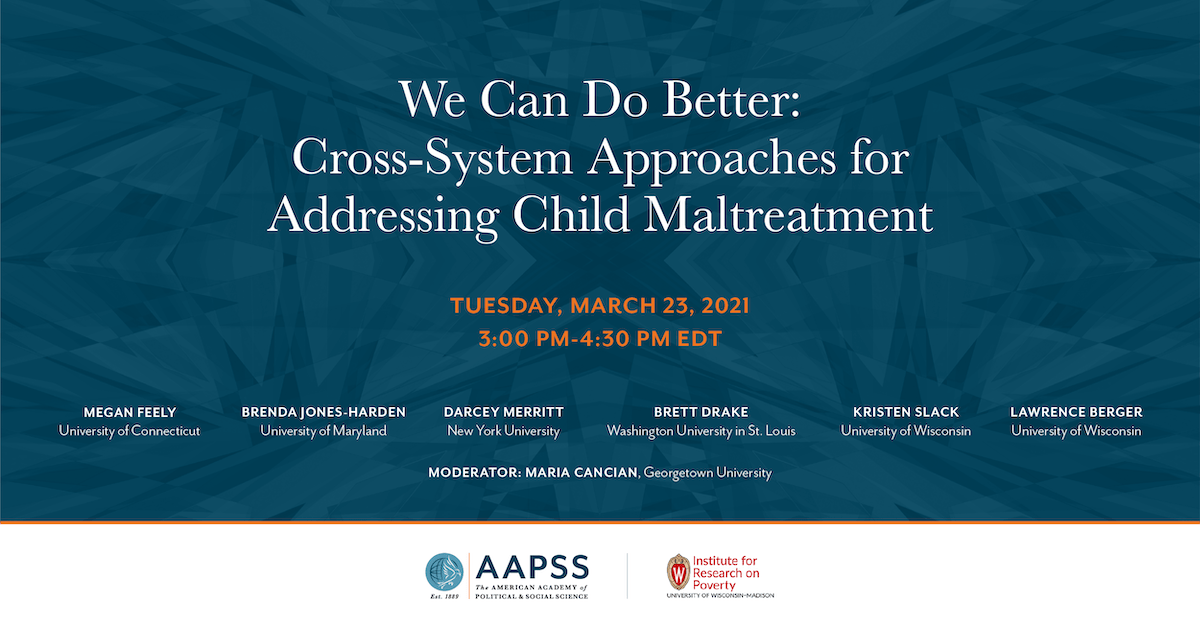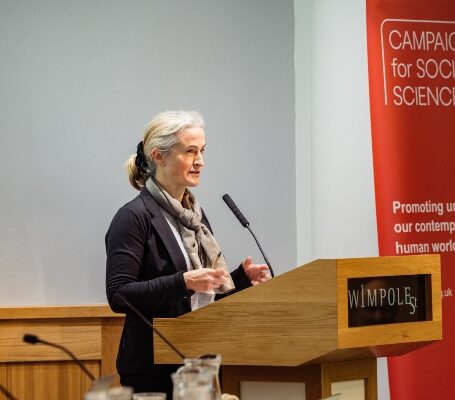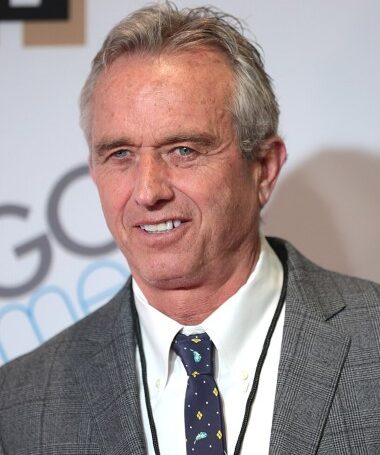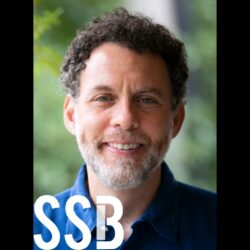Watch the AAPSS Webinar: Addressing Child Maltreatment
What can we do to make child welfare services and systems more proactive, preventative, and holistic? This was the question at hand during webinar on the U.S. child welfare system hosted by the American Academy of Political and Social Science. With presentations from Lawrence Berger (University of Wisconsin-Madison), Megan Feely (University of Connecticut), Brenda Jones Harden (University of Maryland), Darcey Merritt (New York University), and Brett Drake (Washington University in St. Louis), the discussion covered a range of co-authored findings and commentary on the current systems in place, a look at policies throughout history, biases many people of color in particular experience in dealing with Child Protective Services, and the difficulties children and parents encounter with CPS.
Berger, a Vilas Distinguished Achievement Professor at the University of Wisconsin-Madison, addressed better ways to prevent, identify, and address of child maltreatment, based on research he conducted Kristen Slack. He noted that this time is “a very exciting time for social policy,” as the current pandemic creates new opportunities to reimagine and revamp social policies. According to his work, systems have a three-part mandate: child safety, the potential of voluntary services put in place, the potential of finding a safe home for the child, and then the proactive approach required by the state in promoting their education, health, and mental health.
Berger noted that child welfare systems are far reaching and touch the lives of a huge number of families: the system investigates more than a third of children — 53 percent of Black children — for potentially having been maltreated from birth to age 18. He also observed that child welfare decision making is often made in a context of incomplete information. Most CPS reports do not result in a child or family receiving any services beyond screening and investigation/assessment, while child welfare systems are massively driven by child neglect that is closely linked to lack of economic resources and poverty.
Traditionally, child welfare systems have allocated very few resources to preventing abuse and neglect, though recent legislation Family First Prevention Services Act 2018 offers new opportunities to invest in prevention.
Megan Feely built upon these observations with findings from her and her co-authors on systems synergy. As an assistant professor of community organizing at the University of Connecticut, her areas of specialization are child maltreatment prevention and child welfare system programs and services. She stressed the need for parents to provide safe and consistent care (SCC) all the time to prevent child neglect, while acknowledging that SCC takes resources in the form of money and time. Financial hardship is not recognized in the policies, and poverty alleviation is not currently part of the maltreatment prevention.
Feely noted that the Child Abuse Prevention and Treatment Act has framed child maltreatment as an individual parental pathology. Social welfare policies and programs, therefore, should provide time and money to families. While they currently operate in silos, systems synergy can center the needs of children while making social welfare programs family focused. The report urged for the assessment of all policies for their impact on SCC as part of the standard assessment of cost. Feely also suggested that systems synergy needs increased data integration to better understand the role of time and money in SCC, to identify possible solutions and to test the efficacy of different approaches.
Associate professor at New York University Darcey Merritt addressed the efficacy of current systems in representing the point of view of parents. Merritt, who has presented her research and recommendations on child protective services in China, Abu Dhabi, and across the United States, discussed how families experience and interact with their local version of CPS and emphasized that parent’s voices often do not make it into the literature, policy revisions or research design intended to serve them. She asked the important question, “What pops into the memories of parents based on their experiences?” Building upon Feely’s argument to make programs more family focused, Merritt noted the coercive nature of CPS, as well as the power dynamics inherent to the system. She discussed the oversight and surveillance so predominantly conducted on the parents when not just involved, but impacted, by CPS. Considering the history of diminished control and oppression of many BIPOC people in America, Merritt suggests a relational approach with BIPOC families. She encouraged further thinking about a person’s societal position, either as a parent involved with CPS, or as an officer of CPS.
Brenda Jones Harden offered a public health approach for the earlier arguments to reform the current systems. As a former case worker and currently the Alison Richman Professor for Children and Families at the University of Maryland, Harden has consulted with and provided training to numerous organizations regarding effective home visiting, infant and early childhood mental health, and more. Her public health approach follows three layers. Primary prevention efforts focus on decreasing poverty and structural disparities and focusing on community-based public health, universal education, and income support approaches. The secondary level of prevention included reducing risks for child maltreatment and incorporating interventions to support parental mental health, substance abuse, parenting, and intimate partner violence. The tertiary layer of prevention focused on providing interventions for maltreated children and their families, and supporting the mental health treatment, trauma-focused interventions, and parenting interventions.
Keeping in mind the fact that the CPS process can be incredibly mentally distressing for the families involved, she argues further for a cross-system approach, looking at parenting, pediatrics, income supports, education, child welfare, and mental health. She concluded to say, “one size does not fit all,” and services must advocate for better communities and societies overall to improve conditions for children and their families.
The discussion ended with an assessment of predictive analytics as presented by Brett Drake, who focuses on child welfare and early intervention cases of child neglect in his own research and teaching at Washington University in St. Louis. His presentation emphasized the different uses for different tools, leading up to Drake’s argument that there is a way to use predictive risk modelling, so long as the researcher asks questions. He urged those considering PRM to ask if it was a good tool in a certain situation, especially when compared to other options. Drake emphasized the need for engagement and transparency, and the need for stakeholders to be informed and have input. Transparency, he said, is a moral obligation and public good, a prerequisite for effective science. As such, public agencies have a responsibility to dedicate themselves to furtherance of both principles. Drake also acknowledged the concerns surrounding the use of predictive analysis, asking if PRM is ethically superior or equivalent to other methods? To use PRM effectively and safely, such analytics requires engagement from everyone involved.
Watch the event and hear the Q&A sessions below.






















































































